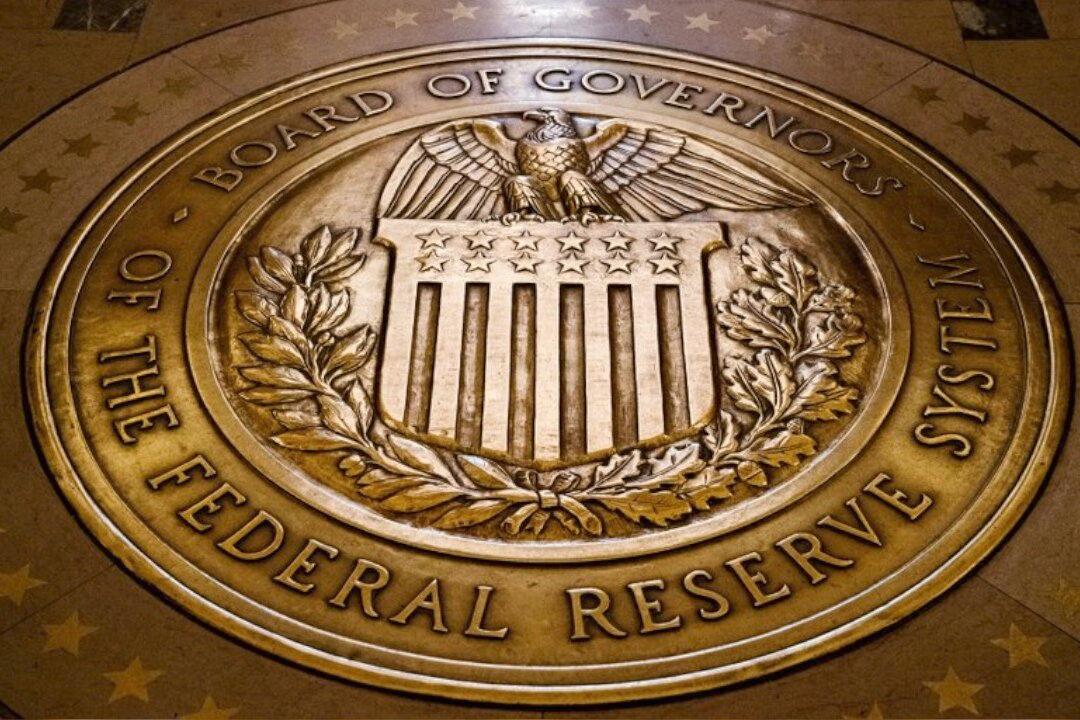Commentary
As the CCP virus pandemic brings business activity to a halt across much of the world, foreign central banks are facing cash shortages.

As the CCP virus pandemic brings business activity to a halt across much of the world, foreign central banks are facing cash shortages.